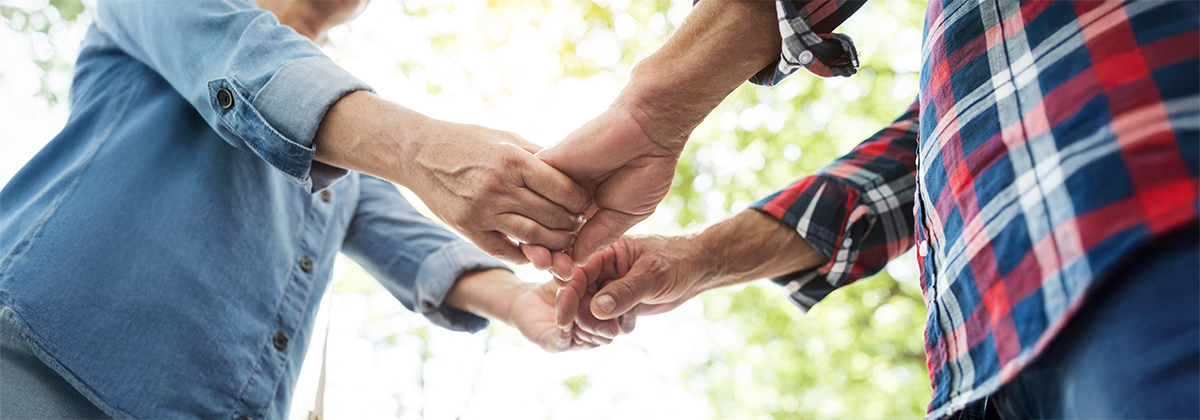Childhood, especially ages 2-10, is a time of exploration, experimentation, and curiosity. It’s a natural period of learning when children attempt to make meaning of their outer and inner worlds. Yoga can help children harness the enthusiasm and natural curiosity of this time to befriend their body and mind, develop a sense of agency and competence, and self-regulate and manage their emotions.
The most effective early childhood yoga programs can help kids meet their sensations, feelings, and thoughts with kindness and compassion. These programs create an environment that is: free from judgment and evaluation and fosters a sense of inclusion, acceptance, and exploration; respects each individual student; moves at the child’s pace; encourages questions; and values self-discovery.
Here are eight guidelines for yoga teachers, classroom teachers, school administrators, and parents to consider when establishing a school yoga program for children.
1. Collaborate With Classroom Teachers
In order to create a sense of safety and clear expectations for students, adults in the classroom must have a positive, collaborative relationship and send consistent messages during class. Fostering a sense of ease and safety—and making sure all adults present do the practice, too—allows students to feel comfortable enough to participate fully. Before starting a preschool or elementary school yoga class, consider an orientation meeting that includes the yoga instructor, classroom teacher, and any additional adults who will be present during class.
2. Ensure Physical Safety
Because most yoga programs entail physical activity, yoga educators in early childhood and elementary settings need to be aware of developmental milestones that determine the wide range of children’s physical abilities at different ages. Young children are developing fine and gross motor skills, coordination, and balance; asking a 4-year-old to do something their body can’t yet coordinate will not be a rewarding experience for the child and may not be safe.
In addition, maintaining a physically safe space requires yoga instructors to understand children’s limited spatial awareness and the tendency for their movements to be big and enthusiastic. Placeholders such as yoga mats, tape on the floor, carpet squares, or other visual markers can help delineate space, giving everyone room to move freely without bumping into others.
3. Consider Social & Emotional Needs
Establishing optimal conditions for learning involves maximizing comfort and minimizing the social and emotional risks of making mistakes. In that climate, students feel valued and are willing to take academic, social, and physical risks. When students feel unsafe during yoga, they may be unable to participate fully in the class, absorb what is being taught, or remember the practices. Spend time compassionately establishing clear procedures and boundaries by setting age-appropriate community guidelines on the first day, teaching in a private space where children can’t be observed, and being consistent and predictable.
4. Use Music Intentionally
Students in this age group often connect to learning through music. Music can help regulate the energy of the group and singing together can build community and foster feelings of connection. Combining movement with music is fun and natural, and often helps students remember sequences of movement, which can make them more likely to practice with the group and on their own. It’s also important to recognize when music might be distracting or have a negative impact.
5. Be Consistent
Young children benefit from a consistent, predictable structure and routines that create a sense of safety, which allows them to settle into learning. Repetition helps them learn new skills and absorb and integrate information. Yoga practices are often new to students, and thoughtful repetition can form habits and make it easier to bring the practices into everyday life. Consider ways to explore different aspects of the same activity to keep it interesting to kids.
6. Use Clear Language
Young children respond best to clear instructions with as few words as possible. Aim to provide simple instructions, as opposed to requests, and make sure children know they can—and should—stop if something doesn't feel right. Try to avoid complex anatomical cues, like “rotate your inner thighs and lift the arches of your feet” and potentially confusing metaphors, like “shine your heart forward.”
Use language that guides children and describes what’s working but does not judge them. For example, “I see you were balancing on one foot” is more valuable than “good job.” Alternatively, when addressing a difficult situation or clarifying boundaries, choose language that describes and teaches rather than judges or shames. For example, instead of saying, “Why are you walking on the yoga mat again with dirty shoes?” Say, “Walking on the yoga mat with your shoes on makes it dirty.”
7. Make Time for Relaxation
There is a tremendous need for downtime in our overly stimulating world. Preserving space for relaxation during yoga sends a strong message that relaxation is as important as the other aspects of the practice.
When offering relaxation practices, not all students will feel comfortable and safe closing their eyes—offer them the option to keep their eyes open. Also, not all kids will be able to relax when lying flat on their back. Offer them a blanket or help them find a position that works for them.
When guiding them through a relaxation exercise, avoid using language that suggests an experience. Instead of saying, "Notice how nice the cool air feels,” say “Notice the feeling of the cool air on your skin,” so students can decide for themselves if it feels nice or not.
8. Use Play
Play is the work of young children. It empowers them to learn and develop socially, emotionally, and academically. Providing ways for children to explore that are engaging and free of judgment or evaluation activates their curiosity and natural capacity to learn. In early childhood settings, props—such as puppets, dolls, or stuffed animals—can be an effective way to engage playfully with young children and explore concepts being presented in a yoga program, like kindness and self-care.






